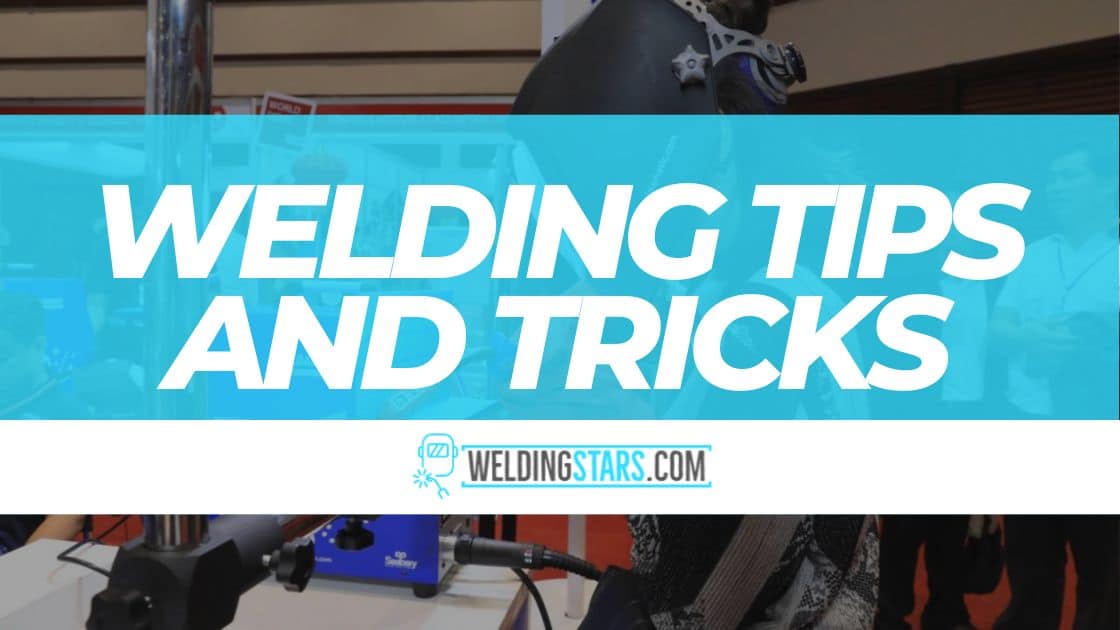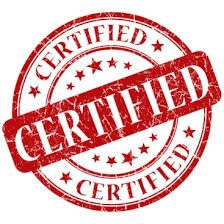Welding is an extremely useful skill to possess. If you don't have any welding knowledge, you may think that welding is difficult to learn. However, once you master the basics, you'll find yourself using welding techniques daily.
In this article, we'll share five tips for your next welding project. Once you've mastered these, you may want to check out some additional tips for mastering overhead welding.
#1. Find a Good Welder
Before you start working on your next welding project, you'll need to find a good welder. There are many types of welders available, and each one has its advantages and disadvantages.
For example, arc welders are versatile and offer fast results. They are also relatively inexpensive and easy to operate. On the downside, they produce fumes that can cause respiratory problems.
TIG welders are another option. TIG welders are used primarily for industrial applications. They are expensive and require special training.
Gas metal arc welding is yet another option. Gas MAAW is used for small projects and provides excellent results. This method produces minimal amounts of smoke and fumes.
#2. Choose the Right Equipment
After you decide on the right welder, you'll need to purchase the proper equipment. For instance, if you plan on doing gas metal arc welding, you'll need a torch, filler rod, flux core wire, and shielding gas.
When purchasing equipment, ensure it's compatible with the type of welding you plan to perform. For example, if you plan on performing arc welding, ensure that your torch is designed specifically for that purpose.
#3. Learn About Safety First
Safety should always come first. But for our welding tips and tricks it's #3. Before beginning any welding project, you should familiarize yourself with safety procedures.
This means learning about hazards such as sparks, gases, and radiation. Once you understand these risks, you'll be better prepared to avoid accidents.
#4. Practice Proper Technique
Practice makes perfect. To ensure that you achieve optimal results, practice proper technique.
To practice, set up a mockup of your project and practice welding until you feel comfortable. Then, move on to your real project.
#5. Document Everything
Documentation is key. After completing your welding project, document everything. Make notes regarding the materials used, the steps taken, and the final result.
By documenting your work, you'll be able to refer back to your notes later. Plus, you'll be able to save money by avoiding unnecessary repairs.
#6. Get Help From Someone Who Knows What He/She Is Doing
It’s crucial to find a person who knows what he/she is doing when performing welding projects. This means hiring a professional instead of trying to perform the task yourself.
This may seem obvious, but it’s surprising how many people attempt to weld without knowing anything about the process. If you don’t understand the basics of welding, you won’t be able to complete the project successfully.
#7. Use Quality Materials
Quality materials are essential for successful welding projects. For example, using galvanized nails for fastening wood together can cause rust problems later on.
Using quality materials ensures that your project lasts longer than expected.
Now that you have learned about five tips for your next project go out and get started!





